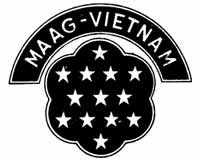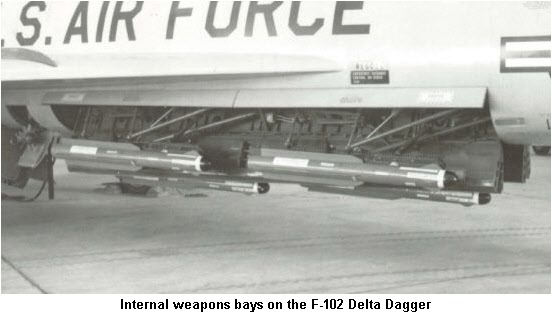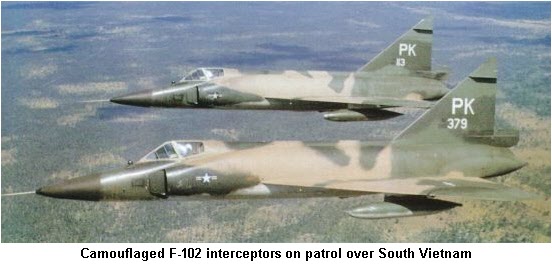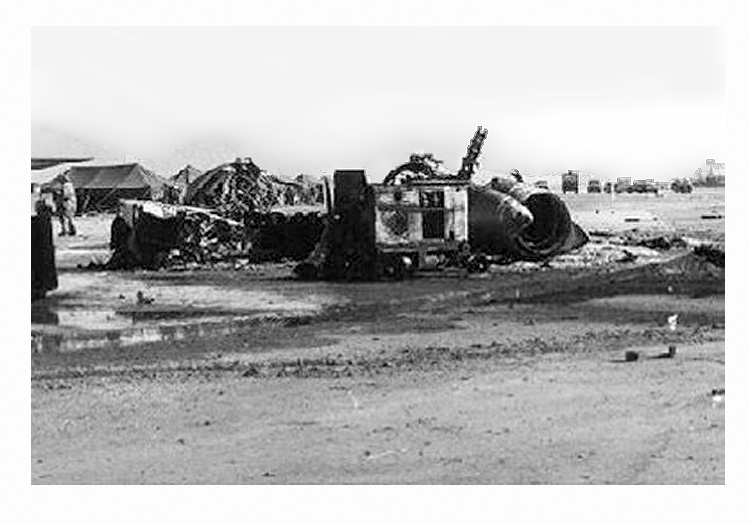
Đà Nàng AB attack, 1 Jul 1965
23rd ABG (MAAG)/AP
Captain Ron Yates, F-102 Squadron Detachment commander, Đà Nàng, SVN
© 1995-2023 VSPA.com. USA. All Rights Reserved.
Ron Yates
Vietnam Remembrances
Photo and story courtesy of United States Air Force Academy, Class of 1960Photo: USAF Academy, Cadet Ron Yates, Class of 1960
I was transferred from the 68th Fighter Interceptor Squadron (FIS) Itazuke AB, Japan to the 509th FIS Clark AB, The Philippines, in June 1964. I was flying F-102’s. On 4 August 1964, the Squadron was recalled for an actual DEFCON (not practice) in the middle of the night. We were told to bring clothes for two weeks. I threw some essentials into a B-4 bag, put it on the back of my motorcycle, and got to the Operations Building. I was the first to arrive. I was assigned an aircraft and preflighted it and got into the cockpit. The Squadron Ops officer was about ready to brief me, when I saw the two alert birds light AB’s on the runway. He looked at me and said “follow them”!
I was about 40 miles behind them but in fact, did follow them and landed at Đà Nàng AB, Republic of Vietnam before dawn. I was the 3rd US jet to land in Vietnam that night. For the next 21 months I spent most of my time at Đà Nàng, Saigon, and Don Muang Thailand and flew 100 combat missions. I returned to the CONUS in May 1966.In early 1965, I was given the project to determine how to use the F-102 to fire rockets air-to-ground. I worked this out at Clark AB using a CRC table from the Base library and the bombing range near Clark. I then went back to Vietnam tried it in combat. It was no problem in daylight with a FAC to mark target locations, and the squadron was trained in the procedures. However, 2nd Air Division also wanted to use the aircraft to fire rockets at night using our IR sensor.

I flew several of these missions using only my TACAN and terrain elevations off a map to determine firing altitudes. After several near misses with the ground, I told 2nd AD this was too dangerous (and not very effective), so the night rocket mission was abandoned. I think I was the only guy to ever fly these night rocket missions. Firing IR missiles (AIM-4D’s) at night was a LOT easier and a LOT more effective. The F-102 was a fine air-to-air aircraft, but was not designed for the air-to-ground mission. Further, the pilots were not formally trained for the mission. The Squadron continued the air-to-ground mission for several years with limited effectiveness. However, the development of the tactics and their first use in combat was pretty exciting for a young Captain.
In July 1965, I was temporarily made Detachment commander at Đà Nàng. This was not a merit promotion but was due to the fact that my Flight Commander and Assistant Flight Commander were both rotating back to the US and were back at Clark packing up. We had recently been augmented with experienced [F-102] Deuce pilots from the States (including two Majors) but they were unfamiliar with in-country operations, so I was made Detachment Commander.
At night on 1 July 1965, the VC launched an attack on Đà Nàng (their first attack ever… I believe…on a major US Air Base). This attack was directed at our Detachment since we were on alert on the end of the runway and isolated from the main USMC defenses of the Base. The attack started with 80mm mortars and then VC ground troops overran our position. They threw satchel charges into the tents and under the aircraft. All of our living quarters and ground equipment were destroyed and we lost seven F102’s and 4 C-130 flare ships. The Marines set up a defensive perimeter between us and the main Base. They counted us off and opened up heavy fire on the VC forces at our position. I gained a new respect for USMC firepower from the receiving end! We had several casualties and one KIA. On that night, I was VERY glad for the small arms training we had at Buckley our doolie year!
Đà Nàng AB, SVN: F-102s Destroyed by sappers, 1 July 1965The next morning, the 7th Air Force Commander arrived with his aide, Capt. George Pupich to inspect the damage. My face was pretty bruised from rocket concussions and George persuaded the General that I was too ugly to remain in-country. So, I was sent back to the Philippines to recuperate. After the attack, I think I signed receipts for lost government and personal equipment for the rest of the time I was overseas! I never knew airmen had so much US currency and MPC in their bunks and bags!
Many of us fought in Vietnam using the wrong equipment and the wrong tactics. Worse, we had the wrong kind of leadership, both militarily and politically. I know those experiences molded the rest of my military career and my attitudes about the use of US airpower. It was those experiences that enabled Vietnam veterans, like those in the Class of 1960, to help build a new fighting force that would, in time, become the most powerful the World has ever seen. In that regard, Vietnam was not lives, treasure, and time wasted.

